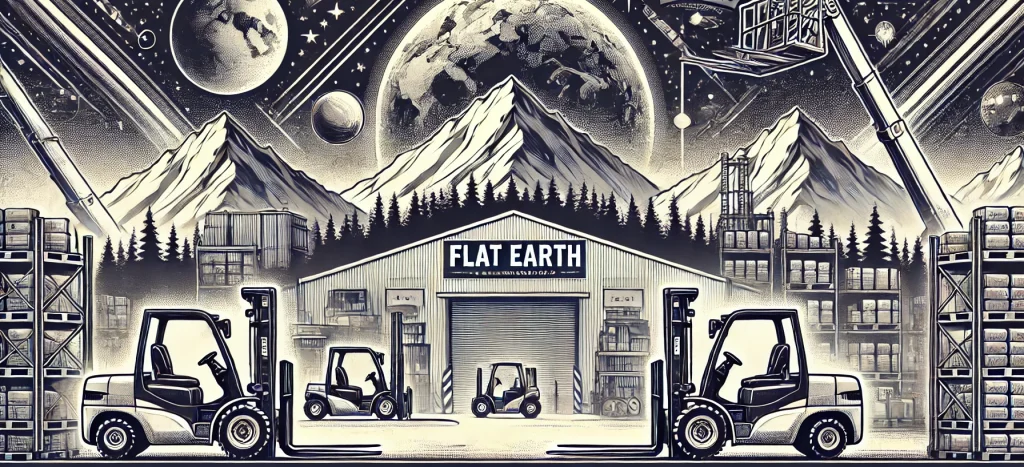Introduction
In the realm of warehouse and manufacturing operations, forklift safety is a paramount concern. Despite stringent safety protocols, the limited visibility and inherent blind spots of forklifts pose significant risks. Advancements in safety technology, particularly the integration of camera systems, offer a transformative solution to these challenges. This article delves into how camera systems are revolutionizing forklift operations, enhancing safety, and reducing workplace accidents.
The Challenge of Forklift Safety
Forklift operations are fraught with safety challenges, chiefly limited visibility and blind spots that significantly increase the risk of accidents. Statistics reveal that a considerable percentage of workplace incidents involve forklifts, leading to injuries, fatalities, and substantial financial losses for businesses. These figures underscore the urgent need for improved safety measures in forklift operations.
Overview of Camera Systems for Forklifts
Camera systems for forklifts serve as an extra set of eyes for operators, enhancing visibility and mitigating blind spots. These systems typically include rear-view, side-view, and 360-degree cameras, providing comprehensive coverage around the forklift. By displaying real-time video feeds to monitors accessible to the operator, camera systems significantly improve situational awareness and safety.
Key Advantages of Implementing Camera Systems
Improved Visibility and Reduced Blind Spots
Camera systems directly address the issue of limited visibility, one of the primary safety challenges in forklift operations. By reducing blind spots, these systems enable operators to navigate more safely and efficiently, particularly in tight and crowded warehouse environments.
Increased Safety for Workers and Pedestrians
Enhanced visibility provided by camera systems plays a crucial role in protecting workers and pedestrians in operational areas. The improved situational awareness helps prevent collisions and near-miss incidents, fostering a safer workplace.
Enhanced Operational Efficiency
Camera systems not only bolster safety but also contribute to operational efficiency. With better visibility, forklift operators can move more confidently and quickly, reducing the time taken for loading and unloading tasks, and thereby enhancing productivity.
Potential Reduction in Damage Costs
Implementing camera systems can lead to significant financial savings by reducing the costs associated with damage to products, infrastructure, and the forklifts themselves. Preventing accidents means less downtime and fewer repairs, contributing to a more cost-effective operation.
Case Studies and Real-World Applications
Real-world applications of camera systems in forklift operations provide compelling evidence of their benefits. Businesses that have integrated these systems report notable improvements in safety, with a marked reduction in accidents and near-misses. Case studies highlight not only the safety improvements but also the operational efficiencies and cost savings achieved through the use of camera systems.
Implementing Camera Systems in Forklift Operations
Choosing and installing the right camera system for a forklift fleet involves several considerations. Key factors include the specific needs of the operation, compatibility with existing equipment, and ease of installation. Effective integration into existing safety protocols, coupled with comprehensive operator training, ensures that businesses can maximize the benefits of these systems.
Conclusion
Camera systems represent a significant advancement in forklift safety, addressing critical visibility challenges and enhancing operational efficiency. By providing operators with comprehensive visibility, these systems play a crucial role in preventing accidents and creating a safer workplace. As technology continues to evolve, the integration of camera systems in forklift operations is becoming an essential component of modern safety protocols. Businesses are encouraged to consider these systems as a vital investment in their commitment to workplace safety.
